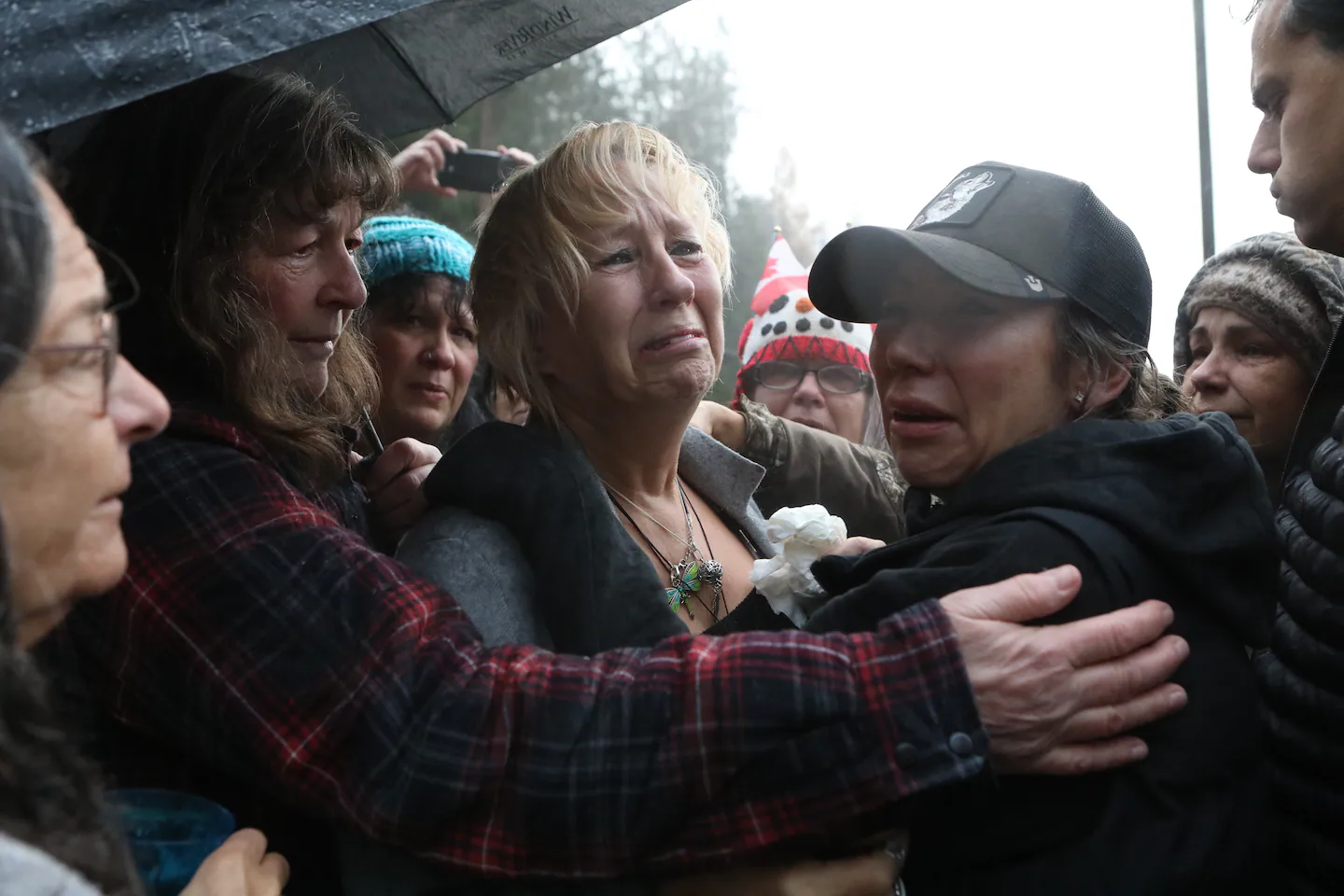Copyright The Boston Globe

In the end, nothing could save hundreds of ostriches on a farm in British Columbia from execution: not the prayers of online supporters, not the Supreme Court of Canada, not the interventions of Robert F. Kennedy Jr. and Dr. Mehmet Oz. The flock’s destiny was sealed Thursday, after Canada’s highest court said it would not hear an appeal by the owners of Universal Ostrich Farms, in Edgewood, British Columbia. The owners wanted the court to cancel an order by the Canadian Food Inspection Agency to cull the ostriches because in December they had come into contact with avian flu, and some in the flock died of it. The cull started Thursday night, and by Friday, nearly a year after avian flu had hit the flock, all of the surviving birds were shot and killed. The culling policy is the industry standard for managing deadly outbreaks of H5N1, a type of avian flu. While such culls are typically carried out using carbon dioxide gas in an enclosed space, the ostriches were shot in the open air, behind stacked bales of hay. Advertisement “The most appropriate and humane option was to use professional marksmen in a controlled on-farm setting,” the Canadian Food Inspection Agency said in a statement. The agency was still processing the scene and could not confirm Friday afternoon how many birds had been shot, but the flock had about 400 ostriches as of the spring. The cull was the end of a protracted legal battle between the farm owners, Karen Espersen and Dave Bilinski, and the agency. “What they did was brought war to a farm in the middle of the night,” said Katie Pasitney, Espersen’s daughter. “They brought guns, they brought ammunition, and they brought war to a peaceful, loving farm with hundreds of decades-old animals that had so much life to live.” Ostriches can live about 60 years in captivity, almost double their life expectancy as in the wild. The owners have operated the commercial farm for about 30 years and formerly sold ostrich products like meat and oils extracted from the bird’s livers, but they largely shifted their business model during the pandemic when processing plants shut down. They had been collaborating with researchers on studying ostrich antibodies while continuing some sales of ostrich products. Advertisement The cull effectively marks the end of the farm’s business. The owners are eligible to be compensated up to 3,000 Canadian dollars (about $2,100) for each bird killed, but it is unclear whether the owners will receive the money because they did not perform the eradication themselves, as per the policy. What had started as a fight between the Canadian government and the farm owners and their supporters -- some of whom have spent weeks camped at the site -- ballooned into a political battle that attracted attention from two high-ranking officials in President Donald Trump’s administration. Kennedy, the U.S. health secretary, proposed in May to collaborate with Canadian officials to perform additional tests on the birds, but his offer received no official response. The next attempt to help came from Oz, the head of Medicare and Medicaid, who said he would relocate the birds to his sprawling ranch in Florida. But that move would have involved issuing an export permit that the Canadian government would not have been able to approve because of the looming cull order. The ostrich farm came to represent another fault line in the fight over government overreach in Canada, where an anti-regulatory mood has remained strong since the pandemic-era convoy trucker protests against COVID mandates that swept the country. One of the leaders of the trucker protests, Tamara Lich, was outspoken in her support of the farm, which has been diligently documenting its fight on social media. The policy of culling, also known as “stamping out,” is a widely accepted method to deal with avian flu outbreaks and protect agriculture supply chains. The disease has killed millions of poultry birds since 2024 -- and has spread to cattle and infected humans, killing one person in Louisiana. In Canada, a teenager was hospitalized with the virus in November 2024 and recovered in the country’s first known case of the bird flu being transmitted to a human. Advertisement Pasitney did not believe that killing the ostriches helped make Canada any safer for other farmers, adding that her family’s next fight will be to push for an investigation into the agency’s culling policy. “My mom just lost everything,” Pasitney said. “She lost everything in one night of gunfire.” This article originally appeared in The New York Times.



